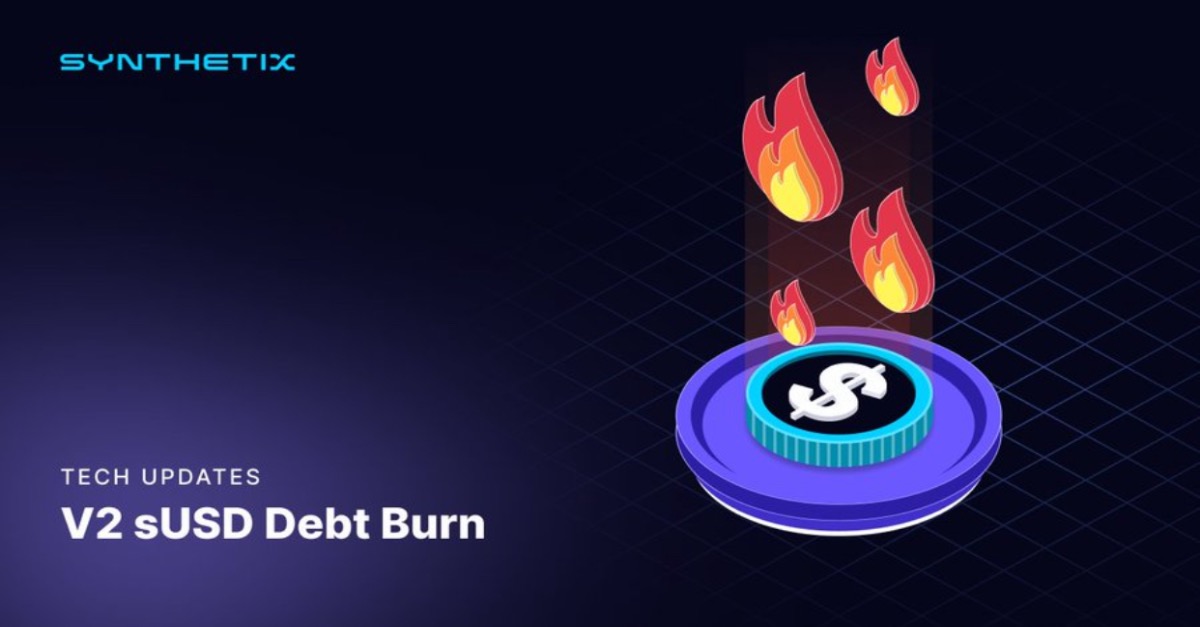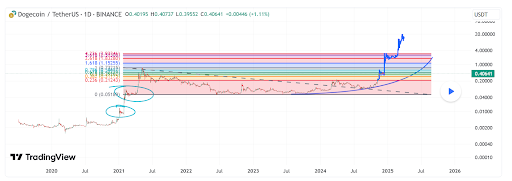Dollar-pegged stablecoins may actually be less risky to hold than traditional bank deposits, according to Brendan Malone – a former Federal Reserve Board analyst.
Now writing on behalf of technology research and investment firm, Paradigm, Malone argued on Wednesday that stablecoins are inherently less prone to a bank run than actual banks, due to the strict nature of issuers managing their reserves.
“These reserve assets might match the stablecoins outstanding one-to-one, consist of central bank liabilities or short-dated Treasuries, are segregated from the issuer’s own assets, are protected from creditor process, and are subject to assessments or audits,” the analyst wrote.
Stablecoins are blockchain-based tokens that are value-pegged to a fiat currency or other “stable” asset – most frequently the U.S. dollar. They allow users to benefit from the efficiency of blockchain transfers and services under certain circumstances, while not being exposed to the infamous volatility of common cryptos like Bitcoin (BTC) and Ether (ETH).
The two largest stablecoins by market cap today are Tether’s USDT and Circle’s USD Coin (USDC), cumulatively representing over $100 billion in value. Issuers for both coins issue regular reports about their reserve composition, which usually consists solely of cash and short-term government debt.
By contrast, the business of banking can be “highly risky”, as banks often use customer deposits to invest in longer-duration assets. If the face value of those assets drops substantially in the meantime, a run on deposits can leave a bank unable to satisfy all withdrawal requests.
This is exactly what occurred for Silicon Valley Bank (SVB) before it collapsed in March. The bank disclosed that it had sold its long-duration bonds at a $1.8 billion net loss, prompting depositors to rush for the exits.
Interestingly, Circle’s USDC also lost its peg to the dollar at the time because the issuer kept over $3 billion of its reserves in the form of bank deposits at SVB.
“The risk management framework applicable to stablecoins should be designed to manage the unique risks associated with stablecoins, which are different from those that arise in traditional banking,” added Malone.
Stablecoin Legislation
Last night, the House Financial Services Committee advanced the Clarity for Payment Stablecoins Act of 2023 to the House floor, putting it among the first crypto-focused pieces of legislation that may become law in the United States.
The preceding hearing was contentious, however: committee chair Patrick McHenry blamed the White House for failing to sufficiently compromise in negotiations on the bill, while Democrats accused McHenry of rushing the vote.
The 29-21 vote ran almost directly down party lines, with only three Democrats voting in its favor. The failure to secure large bipartisan support may prove an obstacle for the bill if it reaches the Democrat-controlled Senate.
Credit: Source link















































